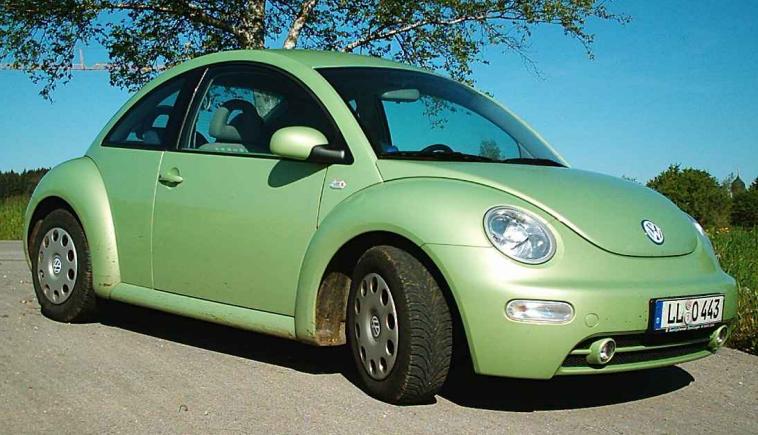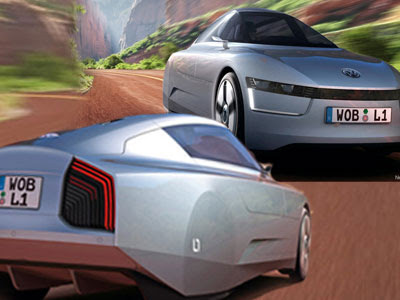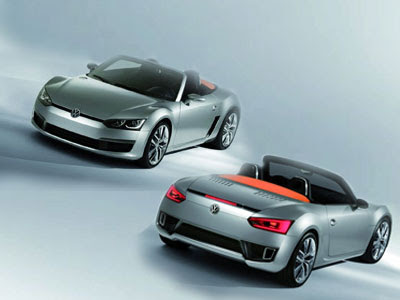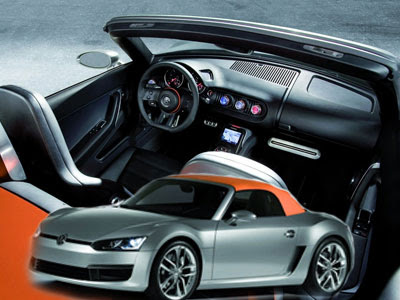Who does not know the performance of the hatchback variant of the reliable VW, Golf GTI. Well, for you who want more muted on the highway, PT Garuda Mataram Motor as the holder of the VW brand in Indonesia is now presenting the VW Golf TSI.
This car is claimed to still inherit the sensation of driving a Golf, but will be more efficient and environmentally friendly with TSI engine technology which was adapted by this new Golf TSI.
If VW Golf GTI has the power to reach 210 dk, then the version of the TSI engine power can reach 160 dk, with the endorsement of torque 240 nm, 1.4-liter engine with turbocharger and supercharger combination.
Moreover, this time the gearbox was already applying the dual clutch gearbox (DSG), 7 speed, with the gearshift advantage becomes more refined, faster, until he could save on fuel consumption.
While its features, even outdate with TSI Golf GTI version with ESP to overcome oversteering and understeering symptoms at the time of driving. Also of course, seven airbags, including driver's knee airbag, which is the first class.
"If the GTI might only be for weekend use and hobbies, the Golf TSI suitable for everyday wear and even the driver was no problem," said CEO of PT Garuda Mataram Motor, Andrew Nasuri, at the launch at the dealership TSI VW Golf Pondok Indah, Jakarta , Wednesday (14/07/2010)
PT Garuda Mataram Motor off VW Golf GTI worth USD 339 million on the road in Jakarta, and is available in only one variant. The price is certainly cheaper than the Golf GTI MKVI disposed worth USD 500 millions.















































